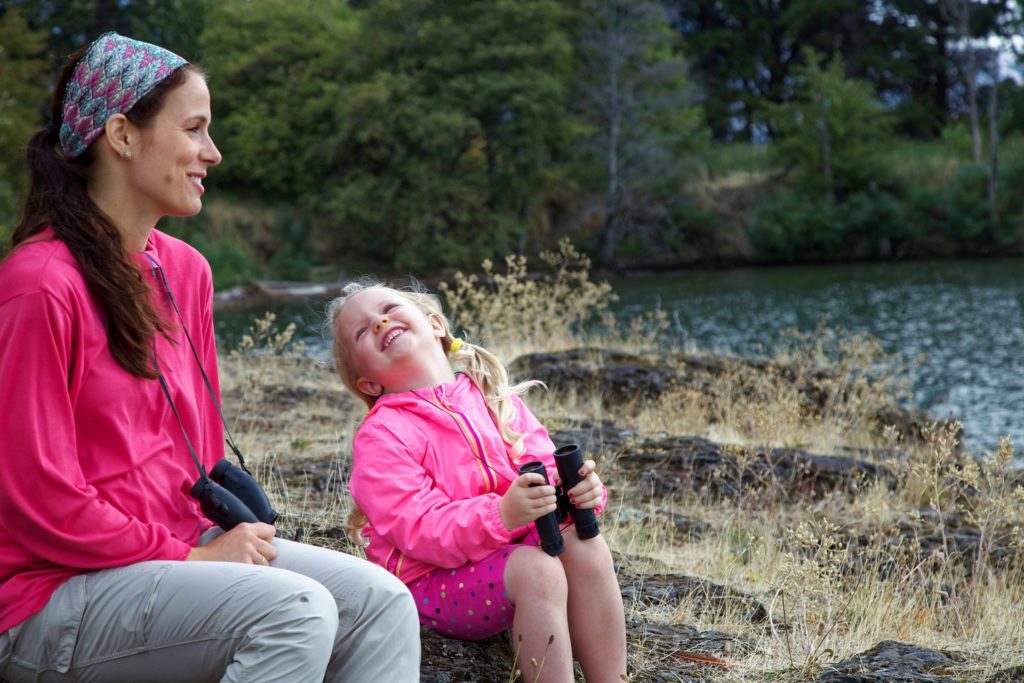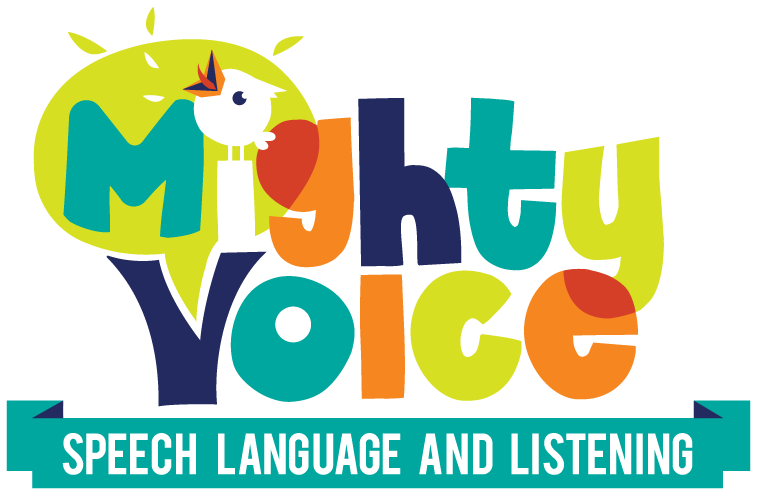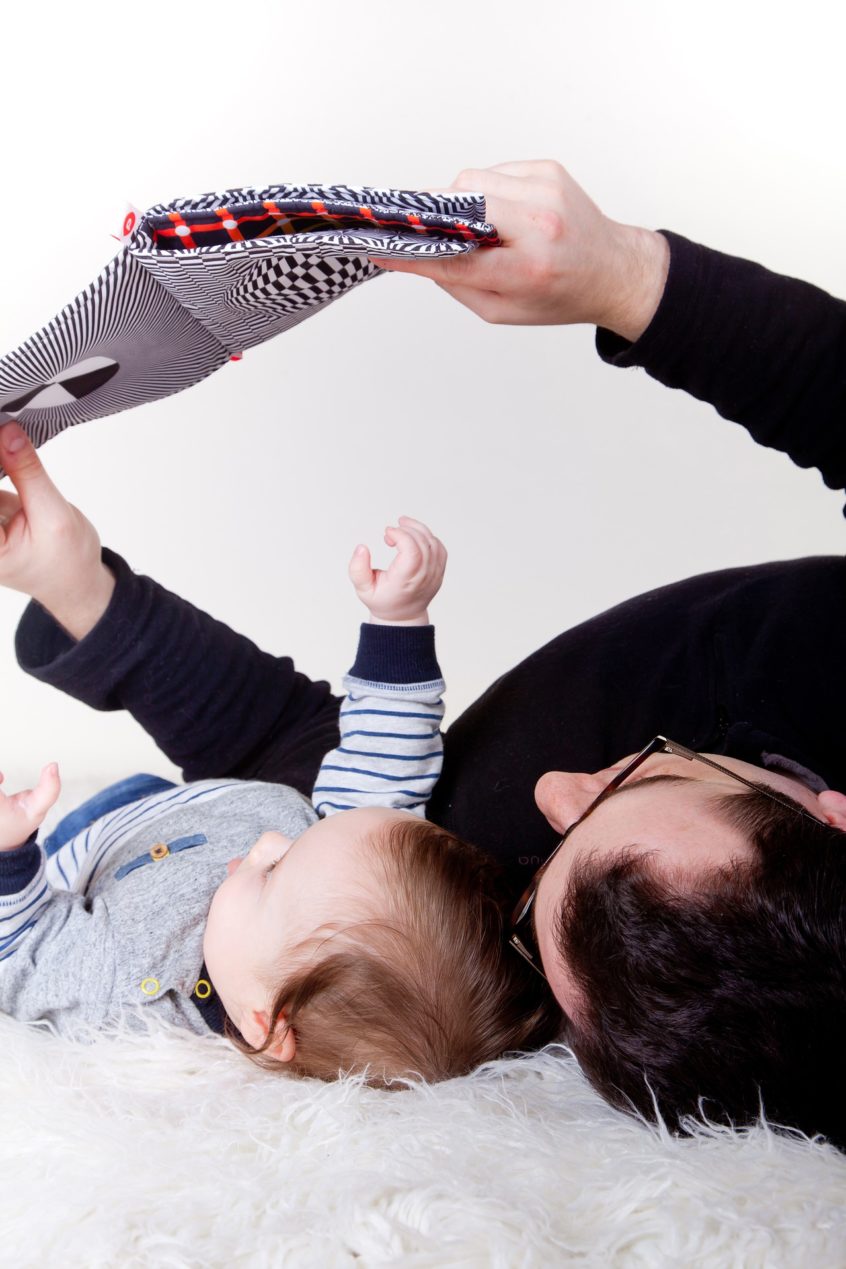This is part 2 in a 3 part series outlining the principles a Listening and Spoken Language Specialist* uses when working with children and families, and what those principles mean. I want to help parents understand what they can expect from therapy using auditory verbal principles. If you haven’t yet, click here to read Part 1.
Guide and coach parents to become the primary facilitators of their child’s listening and spoken language development through active consistent participation in individualized auditory-verbal therapy
You are absolutely your child’s first and best teacher. For this reason, at Mighty Voice, I request that at least one primary caregiver is present during each therapy session. When you think about it, the therapist is only with your child for a limited amount of time, but you or your daycare provider or grandparent or whomever is with your child much more.
In a therapy session I can show you an activity or principle, do it with you, have you try it out, and answer any questions you have about it. Then, during the week, you can take that idea and run with it. If we’ve worked on acoustic highlighting during our session, I’ll give you some ideas, but I know you’ll find so many other opportunities to use it throughout the week. Approaching therapy in this way is so beneficial to children seeking listening and spoken language outcomes because we know that language opportunities are everywhere, and when you feel empowered, you can help your child make use of each and every opportunity.

Guide and coach parents to create environments that support listening for the acquisition of spoken language throughout the child’s daily activities.
One of the things we don’t necessarily think about with typically hearing children is the listening environment. But, for kids who are deaf and hard of hearing, this is key.
We need to minimize background noise, and a good therapist can help you think about what this might mean in your home. Maybe it’s doing laundry while your child is napping. It might mean running the dishwasher at bedtime or doing some dishes by hand. You might choose to watch a game on tv on mute instead of with the sound.
You’ll also want to make sure their signal to noise ratio is good (basically hearing the things they want to hear above the rest). Your listening and spoken language specialist can help you understand what an optimal signal to noise ratio is, and how it changes in different environments.
Once you’re empowered to understand these environmental considerations, you can advocate for your child in other environments, like at dance class or in their classroom at school.

Guide and coach parents to help their child integrate listening and spoken language into all aspects of the child’s life.
Some of the simplest routines you’re already doing at home can be listening and spoken language activities. You can wake your child up with a good morning song, or ask them which plate or cup they want at breakfast. You will learn to be a “sportscaster” and narrate your day. You can use your commute time in the car to listen to audiobooks together, or work on your action verbs like “splash” and “rinse” during bathtime.
You’re already doing so many things with your child that involve listening and spoken language, and a therapist focused on listening and spoken language skills can help you recognize and enhance those activities for even more rich listening and spoken language experience at home and throughout the day.

*Just to avoid any confusion, I am not yet a certified Listening and Spoken Language Specialist, cert. Auditory Verbal Therapist. I am working toward certification, and as a certified Speech Language Pathologist I provide speech language pathology services using auditory verbal techniques.

